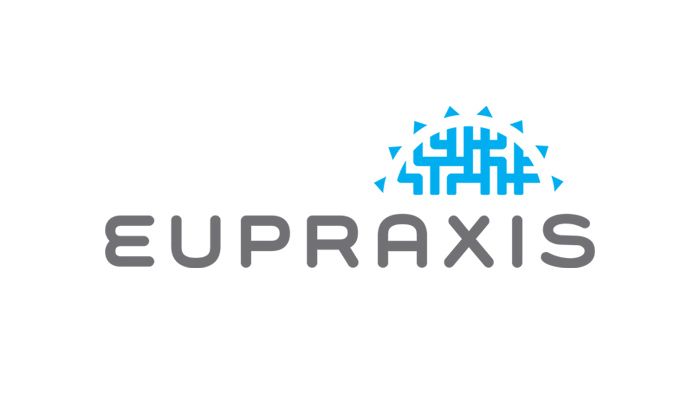Part 2 of 2 Parts (Please read Part 1 first)
The EuPRAXIS design team was dedicated to reducing the size and cost of particle accelerators for commercial use. Basically, there are two ways to accelerate particles. They can be given a very strong boost over a short distance or a lot of small boosts over a long distance. The second choice is the principle used at the LHC.
The EuPRAXIS team found an alternative approach to particle acceleration in plasmas. Plasmas are composed of gases that are clouds of atoms stripped of their electrons. It solves the problem with solid materials because a plasma is not solid and cannot be broken. This means that plasmas can withstand a much higher acceleration power than solid state accelerators. Plasmas can function at up to one thousand times greater power than current accelerators. The higher the power applied, the shorter time and distance required to accelerate particles. This, in turn, means that the accelerators can be small and inexpensive.
The EuPRAXIS accelerator utilizes powerful lasers to agitate the plasma. The particles are moved in a way that creates waves which boosts the particles. These waves are very small and very strong which allows the accelerator to be extremely small. This new type of accelerator will require 100 times less space than needed for the current accelerators. They require a footprint of about seventeen thousand square feet. The hardware required to construct the new accelerators is cheaper to install, operate and maintain than current commercial accelerators. The new accelerators are expected to cost less than one tenth of the cost of current commercial accelerators.
In addition to the reduced size and cost, there are other benefits to the new accelerators. Plasma based accelerators can generate detailed X-rays of biological samples with far greater clarity and resolution than current accelerators. A better image of the inside of a human body means that doctors could find cancers at a much earlier stage. This means that there would be a much better chance of curing the illness.
This same enhanced clarity and high resolution means that these accelerators can also help find early signs of cracks and defects in machinery. Faults related to such cracks and defects are known as one of the “six big losses” that manufacturers are very familiar with. Early detection of such faults could help extend the lifetime of high-precision, high-quality components in heavy industry and manufacturing.
The European Strategy Forum on Research Infrastructures is reviewing the design report. A decision about implementation is expected in summer of 2021. If the design is accepted, the first two prototypes of this new accelerator design are expected to be completed by 2030. Access by external users will be immediately granted following the completion of the prototypes.
Several years of interdisciplinary research were required for the EuPRAXIS team to develop the first detailed and realistic design of a machine of this kind. The new plasma accelerator is a recent example of how obscure, abstract, fundamental physics can penetrate into our daily lives. This cuts research cost, improves manufacturing and saving lives.
The EuPRAXIS Conceptual Design Report was published in The European Physical Journal Special Topics (2020).
